Visualization Isn’t Rocket Science
We all have some areas in our dancing to work on, especially when competing. Apart from hard work and training, there is one powerful tool that can help us achieve goals faster. It’s called visualization.
If you’re into motivational and self-improvement books, you have already heard of this mental practice. If not, now is the perfect time. Visualization isn’t a rocket science. It’s simply imagining your goals as lively as you can. This shouldn’t be confused with daydreaming though. The purpose of visualization is to wake up your inner guide and start really believing in achieving your goals.
Visualization is a tool that many athletes, performers, and people who achieved success in their lives practice daily. In the dancesport world, those who practice visualization can learn how to be in control over their body,. They learn how to be present in every dance, how to stay focused, and anything else that a dancer wants to improve.
So, why not take the advantage of it and become a better dancer?
In this article, I’ll talk about visualization and how to do it. It’s quick, easy, and anyone can do it!
Understanding Visualization
Simply put, visualization is a technique that you use to create images or scenarios in your mind. However, the job doesn’t end here – you have to believe those images; really feel and revive them.
For example, a competition is getting closer and you want to make the best out of that experience. You won’t just imagine one image in your mind, and that’s it.
You will imagine the competition day so vividly, as if you’re really there. Focus on what if feels like. Feel what sensations it awakes in your body, what’s the atmosphere like – make it very detailed. Then imagine how excited but calm and focused you are. Feel how you have stability and control in every move you make. Sense how connected you and your partner are with each other and with the audience as well. Imagine going through all five dances and giving your best every time, while being happy and grateful for that opportunity.
See? Your goal already seem a little more realistic. Visualization is when you are persistent in removing the mental limits that you previously put on your body and abilities. So in the end, your body has to listen to your mind.
The Body and The Mind Are Connected
Thanks to many studies, today we can understand how strong the connection between body and mind is. Everything that you feel and imagine reflects on your body. Everything that you do with your body has an influence on your mind. This is why so many people practice yoga and meditation – to better understand this connection and maintain the balance between these two.
But, here’s the thing that I find really fascinating – our mind doesn’t know the difference between what we really do and what we imagine. A lot of research in the sport field have been conducted on visualization exercises vs. physical activity. The results were unbelievable!
Here’s just one of them showing that mental power shouldn’t be taken for granted.
This research shows that the group that performed mental exercises for little finger abduction, increased their finger abduction by 35%, while the group that did not do any type of exercises hasn’t improved at all. If this isn’t impressive, nothing is.
Don’t Rely Solely On Visualization
We love finding easy ways to do something. Thus, some people think that visualization only is enough to bring the results. However, it’s NOT a replacement for real work. For example, we talked about enhancing our creative work in a previous article. Click here to read it.
Even though this method is indeed powerful, visualization without actual practice won’t bring results. While mental imagery can help you perfect your technique, choreography, and gain confidence, you still need to work hard and practice consistently.
But, when these two are combined, they can bring remarkable results.
Why You Need To Learn It
Now that you understand the basics of visualization, here’s a comprehensive list of the positive effects of visualization. Hopefully, this list will help you see a bigger picture and motivate you to start practicing it.
-
Visualization helps maintain a positive attitude
Feeling “not good enough” and pushing yourself beyond what you aren’t able to do can easily lead to an injury or even quitting. It’s easy to allow fear and doubts to lower your motivation and readiness for a performance or for training.
Naturally, when you’re feeling down, your body won’t be in the mood to dance at its best. Eventually you’ll be disappointed and you’ll put yourself down with negative self-talk.
Visualization is a great way to cope with stress and anxiety, and focus on your skills. It gives you the freedom to imagine the outcome you want and make it possible.
-
Visualization pushes your mental limits
Sometimes we convince ourselves that we cannot do something and we quit on our goal before we even started working on it.
But, you’ll see that visualization will give you new insights into your abilities and will build your faith. What once seemed impossible, it can suddenly become achievable and real.
-
Visualization awakens your mind
The more you visualize, the better you become at it. Visualization will keep your mind open to changes and ideas, so you’re more likely to start noticing the things you haven’t before.
For example, if you visualize perfecting certain moves, during the practice, you’ll pay more attention to your posture, body line, and other factors that influence those moves.
-
Visualization builds motivation and improves your readiness
Dancing requires a lot of work hence you need to be mentally strong to move past obstacles and failures. Once again, visualization can help you here. You see, when you keep your focus on your goals, your intrinsic motivation grows and everything else seem less important.
So, through visualization, you’ll become more focused and ready to work, and more able to face setbacks.
Constantly imagining your goals and feeling like you’re already achieved them will definitely give you motivation to move forward and actually work on them.
How To Visualize?
Well, we’ve finally reached the “practical” part. Visualization is like any other form of exercise and takes time and persistence. Here are some tips for making this process easier and more efficient:
1. Find the perfect time
I visualize in the morning because that way my day starts with positive energy and optimism. I tried doing it before going to bed but that didn’t turn out well. I became too excited and, as a result, I had a problem with my sleep.
Find your own time for visualization. Just do it when it suits you but make sure you keep the same hour.
2. Don’t overdo it
Visualizing doesn’t mean you should sit for hours in your room and only imagine achieving the goals. Don’t forget you still need work to do. Do it for 5-15 minutes, perhaps a half an hour in certain situations. But, don’t do it longer than that. Your brain needs a break from visualizing too.
3. Stay calm
I remember that, when I first started visualizing, I would ask myself a million questions: Am I doing it right? How will I know is this working, etc. Of course, none of those questions were helpful.
After I read some articles about visualization, I realized there’s no need to freak out every time before practicing it. Instead, I learned to relax.
Before starting visualization, I first needed to be in the mood for that. So, a few deep breaths helped me lay out the foundation for imagining my goal. Then, I would play my favorite waltz, rumba, or any other dance music and I would “teleport” to the dance floor.
4. Focus on the good feelings
One more thing that will help you stay calm is to keep focus on positive things, whatever they are. Don’t let negative self talk ruin the whole process.
Relax your entire body and just feel comfortable. Also, do that when imagining your training. Imagine how comfortable you are with all the moves and how easily and quickly you perform.
If you learn how to do it, visualization can create a positive foundation for your success, since it will nourish your mind with positive images and unleash your potential. So, try this method for at least one-two months and tell me how did it go.
Have you ever tried visualization? If not, does it spark your interest and are you willing to give it a try?



Join the discussion One Comment